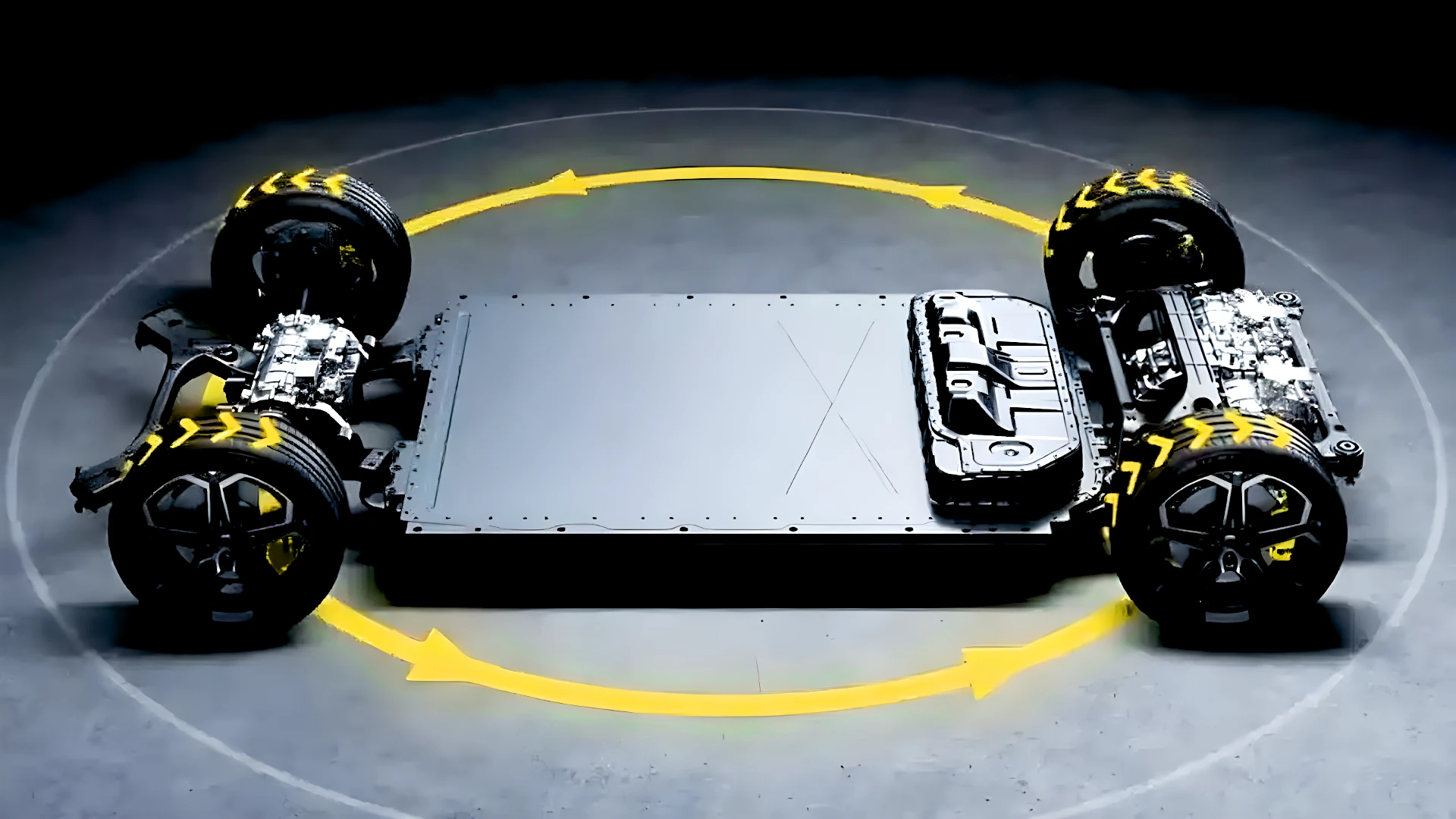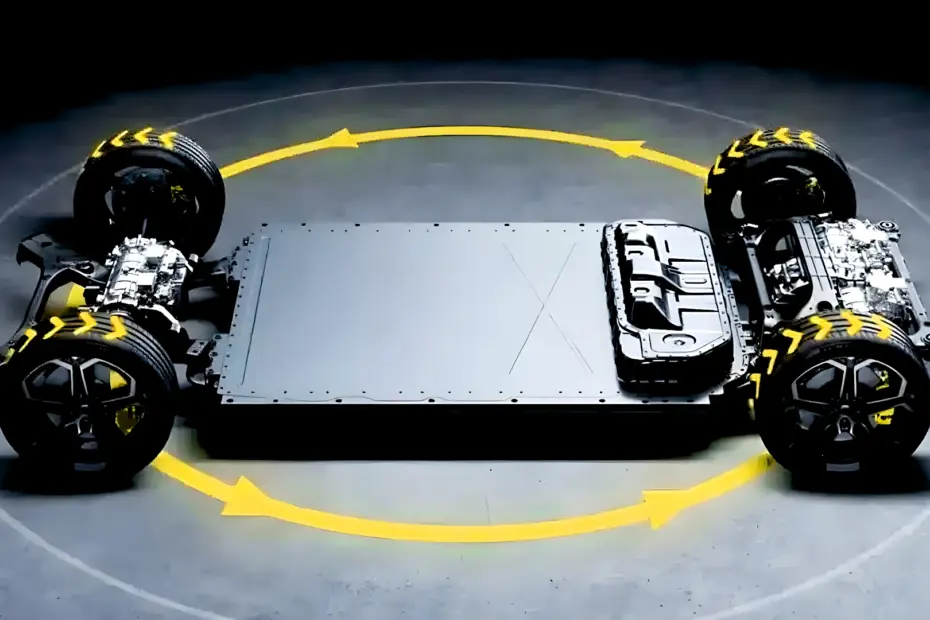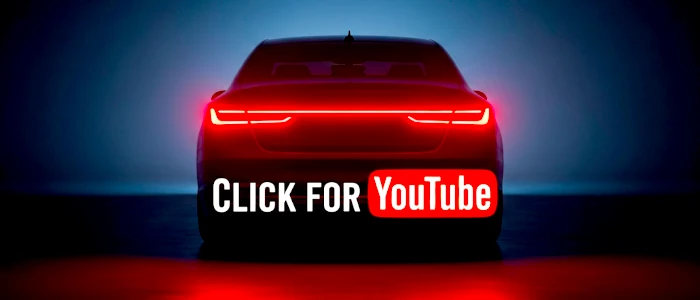Xiaomi, the globally known tech giant, is no joke when it comes to the automotive sector. After launching its electric sedan SU7 and announcing plans for an SUV, the company now reveals a breakthrough that could be a game-changer: a new solid-state battery.

This technology isn’t just a small upgrade; it promises to take electric vehicle performance to a hell of an impressive level, focusing on solving two of the biggest current challenges: range and charging time.
What’s the Secret Behind This New Xiaomi Battery?
The major difference in this battery lies in its innovative internal architecture. Instead of the common liquid electrolyte found in most lithium-ion batteries, Xiaomi used a solid layered structure. Think of it as an intelligent stacking of active materials, conductive agents, binders, and a special solid electrolyte that combines polymers and metal salts.
This layered setup allows ions to move much more efficiently. The path they need to travel from one electrode to the other is drastically shortened. The result is superior ionic conductivity and, consequently, better and more stable battery performance—something we all look for in an electric car, right?
Does This Innovation Fit Into Today’s Industry?
A crucial point for the mass adoption of any new technology is compatibility with existing processes. Xiaomi seems to have thought about that, stating that the new cell structure is compatible with current liquid electrolyte lithium-ion battery production lines. This is fantastic news, as it can ease the transition and avoid astronomical costs associated with completely revamping factories.
Moreover, the battery adopts a cell-to-body architecture, where the cell assembly is integrated directly into the vehicle’s structure. This approach, already seen in some models from other brands, maximizes the use of available space, resulting in a volumetric efficiency of 77.8% relative to the total package size. It’s a smart way to optimize every cubic inch.
Performance: Range and Fast Charging
Now, let’s talk about the numbers that really catch your attention. According to data released by Xiaomi, using the CLTC test cycle, this new solid-state battery can provide a range of up to 745 miles. To put it in perspective, a popular electric car like the refreshed 2026 Nissan Leaf offers about 303 miles of range, showing the potential leap this technology represents.
But the magic doesn’t stop at range. The charging speed is equally revolutionary. Xiaomi claims it would be possible to recover up to 497 miles of range in just 10 minutes of fast charging. This transforms the experience of owning an electric vehicle, making charging stops as quick as fueling a gas car. While some focus on raw power, like the Ford Super Mustang Mach-E, Xiaomi seems to prioritize daily usability.
The battery module thickness is 4.7 inches. It’s a relatively compact design, although there are examples of ultra-thin batteries on the market. Still, the combination of high density, extended range, and ultra-fast charging makes this development truly noteworthy on the global stage.
Key Specifications Released
- Energy density (volumetric efficiency): 77.8%
- Range (CLTC cycle): Up to 745 miles
- Fast charging: 497 miles of range in 10 minutes
- Module thickness: 4.7 inches
- Structure: Cell-to-body with layered solid electrolyte

What Is the Impact of This Technology on the Global EV Market?
It’s crucial to understand that this technology is still in the development phase, but its reveal by Xiaomi reinforces the intense global race for better batteries. Manufacturers around the world are investing billions of dollars/euros to overcome current electric vehicle limitations, looking for longer range and shorter charging times to make them more appealing to the average consumer.
Solid-state batteries are widely seen as the future of EV battery technology. They have the potential not only to offer higher energy density and faster charging but also greater safety, reducing the risk of fires associated with liquid electrolytes. Meanwhile, other energy sources, like hydrogen, are also being explored for future mobility, as seen with the Toyota GR LH2.
Despite the optimism, large-scale production and cost reduction of solid-state batteries remain significant challenges. The automotive and battery industries are working on this, but a full transition won’t happen overnight. For now, technologies like plug-in hybrids, such as the 2026 Lincoln Corsair PHEV, continue to be important bridges to electrification.
Frequently Asked Questions
- What sets a solid-state battery apart from a regular one? The main difference is the use of a solid electrolyte instead of a liquid one, which improves safety, energy density, and charging speed.
- Is the 745-mile range a global standard? The 745-mile figure was released based on the CLTC test cycle. Other cycles (like WLTP or EPA) may show different values, but higher energy density suggests a significantly greater range in any cycle.
- When will we see this battery in Xiaomi cars? The technology is in development. Xiaomi has not announced a specific date for mass production or inclusion in commercial models.
- Are solid-state batteries safer? Generally, yes. The absence of flammable liquid electrolytes reduces the risk of overheating and fire compared to traditional lithium-ion batteries.
Honestly, this Xiaomi battery is damn exciting news. The numbers they presented are spectacular and directly hit the weak spots of electric cars today. If they really manage to bring this to mass production efficiently and at a reasonable cost, it could be a game-changer for EV adoption worldwide. There’s still a way to go, but the direction is very promising.
And you, what do you think about this new Xiaomi battery? Do you believe it can accelerate the transition to electric cars? Leave your comment below and let’s discuss the future of mobility!


Author: Fabio Isidoro
Fabio Isidoro is the founder and editor-in-chief of Canal Carro, where he has been writing about the automotive world since 2022. Passionate about cars and technology, he began his journey on the HospedandoSites portal and today dedicates himself to creating technical content and comprehensive analyses of national and international vehicles. 📩 Contact: contato@canalcarro.net.br


